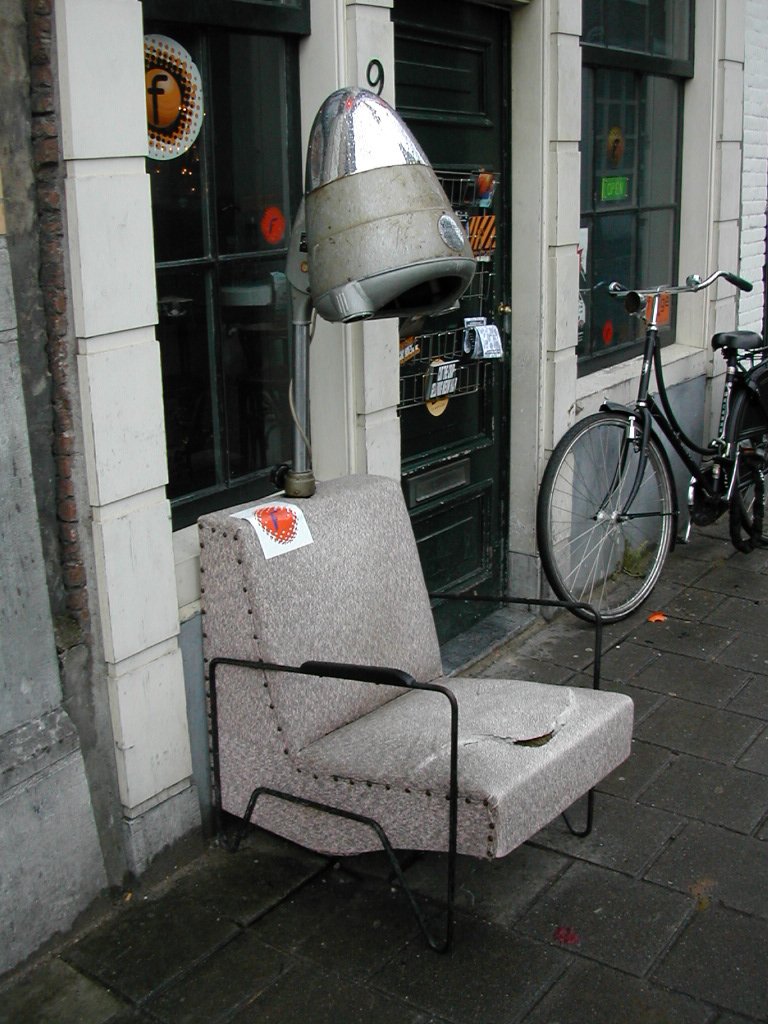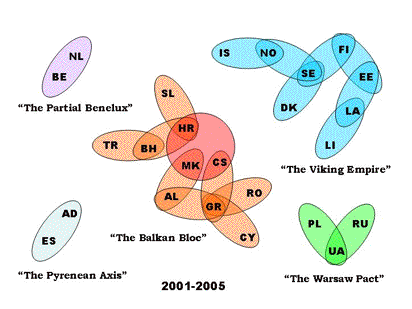After a good research meeting today about my PhD agenda, we discussed one of the application of the coordination model that emerged from the first CatchBob experiment. One of the interesting problem would be to use it to inform/help the game interaction analysis. Given that the model focuses on the exchange of coordination information over time (with a peculiar emphasis on location-awareness information), it might be a good way to describe a grammar of players' act of communications, their content, pragmatics as well as the way they are mutually recognized by the players among a group (with of course a time dimension: how this evolved over time).
For that matter, there is a very good literature review document about it:
Dimitracopoulou, A., Mones, A, Dimitriadis, Y., Morch, A., Ludvigsen, S., Harrer, A., et al. (2005). State of the Art on Interaction Analysis: “Interaction Analysis Indicators”. Deliverable from the Interaction & Collaboration Analysis’ supporting Teachers & Students’ Self-regulation (ICALT) project.
In the context of CSCW, Interaction analysis has different purposes, one of them is to help researchers to "collect data and analyse interactions afterwards in order to understand interaction or collaborative processes". (p.5)
The data extracted from the activity (that involves or not the usage of a certain technology) are then processed as follows:
Based on these interaction data, the application of ‘data processing methods’ could produce a number of “interaction analysis ‘indicators’’. These indicators constitute variables that describe ‘something’ related to:
- the mode, the process or the ‘quality’ of the considered ‘cognitive system’ activity;
- the features or the quality of the interaction product;
- the mode or the quality of the collaboration, when acting in the frame of a social context forming via the technology based learning environment.
Now, how this is related to CatchBob? According to Harrer et al. (2004), "Interaction" can be defined as a certain kind of action that affect (or may affect) the collaboration between different agents. I am particularly interested in a specific kind of interactions: the exchange of coordination information during mobile collaboration; and CatchBob is one of example of such a context.
I have two kinds of data that are usable for that matter: logfiles and coding of players' annotation (done with two ontologies I defined: pragmatics and content + maybe another one related to the definition of a specific coordination event). Note that this coding is done by hand.
To allow an automatic interaction analysis based on those data, I need to define a specific data-structure that would describe the catchbob game with specific interactions over time. A tree-based data structure would fit to my needs. And, of course, it will be drawn upon my model of coordination.
I haven't mentionned that this kind of data structure will allow me to apply specific visual treatments, for example to have visualization or statistics about each game or to compare different games so that I can get insights about the quality of collaboration.
 Â Why do I blog this? it seems to expand on the concept of datablogging by leaving the game console uploading informations to the web in the form of a blog.
 Why do I blog this? it seems to expand on the concept of datablogging by leaving the game console uploading informations to the web in the form of a blog.


 "eurovisiopsephology": this name rocks!
Why do I blog this? it's interesting to see how such research gives insights about memetic epidemic.
"eurovisiopsephology": this name rocks!
Why do I blog this? it's interesting to see how such research gives insights about memetic epidemic.




 Why do I blog this? what I like in the parking company approach here is the idea that space is not a neutral domain. Their interest is to pay attention to the aesthetic considerations of their spaces.
Why do I blog this? what I like in the parking company approach here is the idea that space is not a neutral domain. Their interest is to pay attention to the aesthetic considerations of their spaces. Why do I blog this? these elements are very interesting and have a wider impact than just video game design. It made me think of the
Why do I blog this? these elements are very interesting and have a wider impact than just video game design. It made me think of the